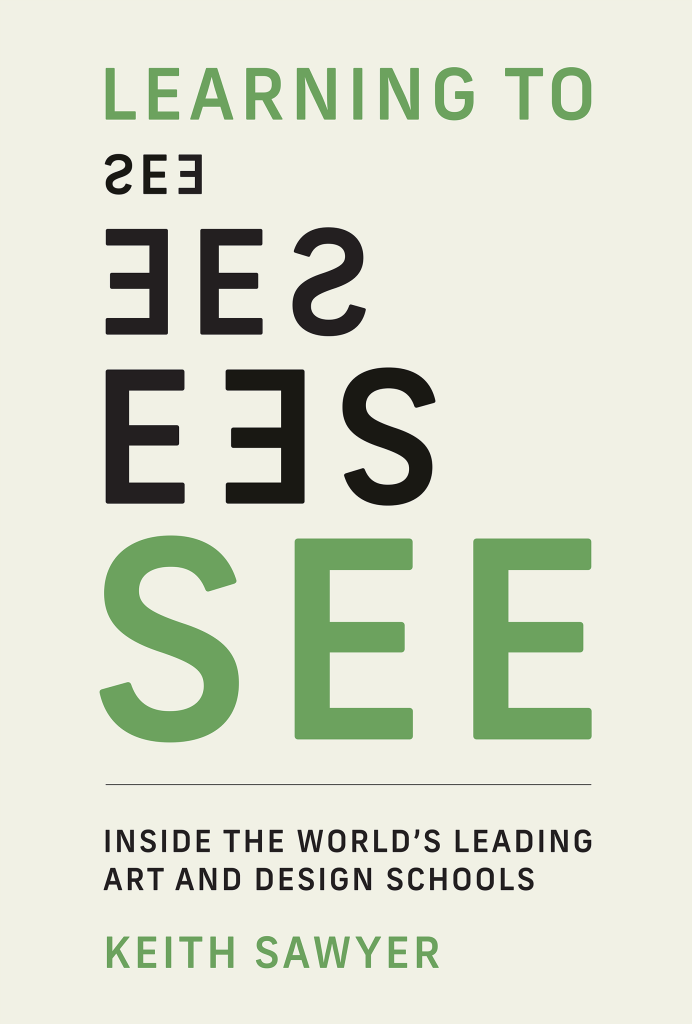The PRINT Book Club supports independent bookstores as an affiliate of Bookshop.org.
If you make a purchase through the book links below, PRINT may earn a small commission.
Did you miss our PRINT Book Club with Keith Sawyer? Register here to watch the recording and buy your copy of Learning to See: Inside the World’s Leading Art and Design Schools. According to the publisher, Learning to See is an engaging and profound account of how professional artists and designers create and how they teach others to do it.
Everyone has creative potential. There are certainly people with domain-specific creativity, which we may call talent; however, domain-general creativity is accessible to everyone, in any sphere of life. Creativity, he says, is something that happens in our minds and hands. However, Sawyer’s research focus isn’t on the personal expression of creativity, but on how educators in the most celebrated design and art schools teach students.
So, how do you teach someone to see?
The educators Sawyer interviewed for the book had variations on the same answer: You can’t teach someone to be creative, but rather you are teaching someone about the nature of human action, the act of seeing and thinking.
There’s an all-too-common misconception that creativity is linear (idea, then execution, then realization). Students come into design/art school with a particular skill, but this linear view of creativity can hold them back. To combat this, educators employ a project-based pedagogy (learning by doing) rather than instructionism (where the primary source is the educator and the student is the passive recipient). Often, that means modeling the concept of seeking out good problems (as opposed to solving problems).
The ideas come from the dialogue with the work.
Keith Sawyer
Then, constraints and parameters help guide students through the process. The process is the product. “Engaging in a sort of process can enhance and fully realize your creative potential,” said Sawyer. The thing you are creating develops a sort of sentience, whereby you engage in a dialogue with it through the process. Teaching skills is essential, too. But, the pedagogy he observed was more about “a way of being and acting in the world—an iterative, wandering, explorative kind of process.”
Dr. R. Keith Sawyer is a professor of education at the University of North Carolina in Chapel Hill, dedicating his career to researching creativity, learning, and collaboration. His career began as a videogame designer for Atari. At Kenan Systems Corporation, he worked with clients such as Citicorp and AT&T on innovation technologies. Sawyer obtained a Ph.D. in psychology, studying creativity with Dr. Mihaly Csikszentmihalyi (author of best-selling books Flow and Creativity). He is also an accomplished jazz pianist, playing piano with Chicago improv theater groups.
If you couldn’t join us live for the PRINT Book Club discussion with Keith Sawyer, the recording is now available; register here to watch. And buy your copy of Learning to See: Inside the World’s Leading Art and Design Schools.
The post Embrace the Wandering Process: Book Club Recap with Keith Sawyer appeared first on PRINT Magazine.

